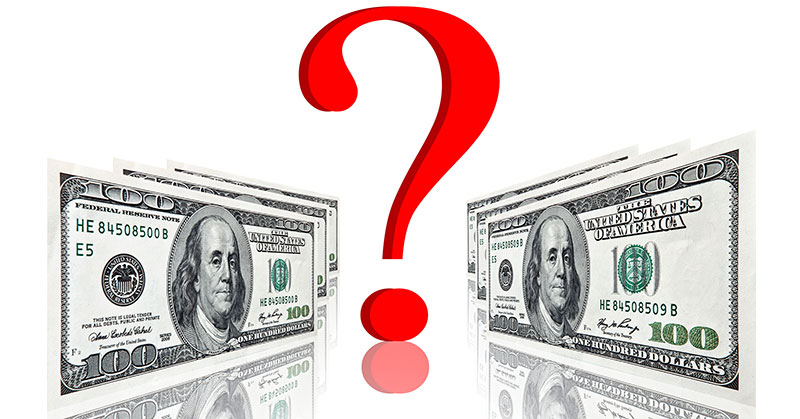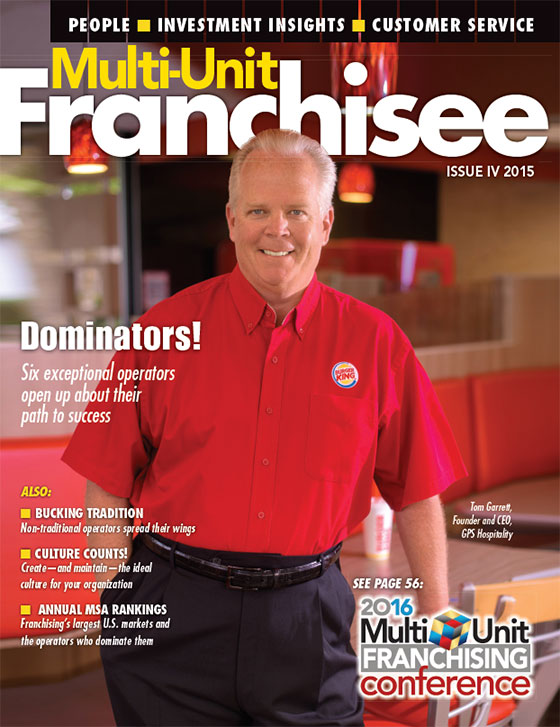What's It Worth?: Business Valuation - Tips For A Faster Sale

There are many misconceptions about how to go about valuing your business. In general, most business owners have a value in their mind that is usually several times more than the actual value a sophisticated, competent buyer ultimately pays. The process of getting from perceived value to sale price can be very, very challenging. Here is some helpful information to get you to a successful valuation and faster sale of your business.
Business valuation
- Asset approach -- Not normally used in evaluating a going concern. Calculated as assets included in the sale less liabilities included in the sale; will be used only if higher than income or market approach.
- Income approach -- Based on a future earnings stream divided by a rate of return. A typical rate of return is usually between 20 and 40 percent, depending on risk and the type of earnings stream used. For larger businesses, the earnings stream can be based on EBITDA.
- Market approach -- The subject company is compared against others in the same or similar industry; typically used to value multipliers such as price-to-revenue and price-to-EBITDA.
- Equity or "assets" -- The most common transaction structure is an "asset sale." The buyer acquires only the tangible assets, such as furniture, fixtures, equipment, and inventory plus goodwill (intangibles). A stock or "equity" acquisition includes items such as cash, A/R, and liabilities. The net effect is usually added if positive or subtracted if negative to the asset price.
Earnings bases
- EBITDA -- Take the above and deduct a fair replacement salary for an owner/operator. This earnings base is primarily what the bank will look for.
- Add-backs -- Non-recurring or discretionary items that owners may expense to limit their tax liability. For lending purposes, these would need to be either 1) clearly defined on the tax return (officer's compensation, auto expense, W-2, etc.), or 2) verified by a CPA.
Value enhancement
- • Stability -- This could be a number of different things, but operations with 3 or more years usually will attract higher values than a 1- or 2-year start-up. Stable growth or earnings margins are a good sign.
- • Growth -- Not only growth in top-line sales, but in overall profit and profit margins.
- • Cash flow -- Valuation, especially for the SBA, is based on sustainable cash flow and the ability to pay debt and still generate a fair ROI. Do not be focused primarily on growing sales.
- • Management transition -- The easier the management transition, the lower the risk. If the business is severely dependent on the seller, most likely there will be a lower value.
- • Clean financial statements -- The first order of business when preparing a business for sale is to clean up the financial statements and show as much profit as possible. Buyers are willing to pay as much as a 20 percent premium for businesses with clean financial statements.
Typical value multiples
Price to revenue: 50% to 80%. Price to EBITDA: 2x to 4x. The price-to-sales multipliers had a wider variance, primarily based on EBITDA: the higher the EBITDA, the higher the multiplier. The EBITDA multiplier had a relatively tight range, with the median average multiplier being approximately 3x. I would start with a 3x multiplier of EBITDA, and increase/decrease this by 5 percent based on the risk factors above. If all 5 factors above are positive, you could possibly add 25 percent to the 3x multiplier, which calculates to 3.75x. Negative risk factors will detract value.
Valuation checklist
The following indicates what the business evaluator and/or potential buyer will need to complete their valuation and/or purchase. Other information may be needed, depending on the project.
- Federal tax returns. Copies for the preceding 3 years, including all notes and attachments.
- YTD balance sheet and income statement. Statement should be less than 60 days old.
- Accounts receivable and accounts payable. Listing and aging with summary page of current, 30-, 60-, 90-, and 120-day or greater accounts, with the same date as the balance sheet.
- Statement of seller financing. The seller must provide written documentation indicating the level of financing they will provide.
- Purchase contract or LOI. Copy signed by both buyer and seller.
- Asset allocation. Actual or estimated value of assets to be purchased including real estate, equipment, inventory, A/R, and any other assets. List values as close to actual as possible as they will need to be verified before loan closing; a lesser value for any asset may require a matching decrease of the purchase price.
- Add-backs to cash flow. This should include any expenses the current owners have incurred that the new owner will not incur that may not be readily evident on the tax returns or financial statements. These items may include, but not be limited to: salaries of current owner and of family members or non-essential personnel who may leave the company at the time of sale; current owner's insurance benefits paid by the company; current owner's automobile expense; one-time expenses such as non-recurring legal bills; repairs on equipment or building; gain/loss of an asset, etc. These items may require verification through financial statements or a corroborating letter from the company's CPA.
- Litigation details. Any information regarding current or potential lawsuits.
- Business plan. Completed by the buyer, in conjunction with the seller if necessary. It should include a description of the business and the services it offers; competition and barriers to entry for new competition; a list of management/office staff and their current duties (including the current owners) and their future duties under new ownership; a risk analysis of the current ownership and any personnel who may leave; marketing and sales efforts; availability of the local labor pool; the demographics of the franchise territory; and a one-year projection by month (with annualized total) of how the buyer estimates the business will operate under the new ownership, with a detailed explanation.
Rod Bristol is executive vice president at Profit Mastery. Learn more at www.profitmastery.net, 800-488-3520 x14 or write to bristol@profitmastery.net.
Share this Feature
Recommended Reading:
Comments:
comments powered by DisqusFRANCHISE TOPICS
- Multi-Unit Franchising
- Get Started in Franchising
- Growth
- Operations
- Open New Units
- Leadership
- Marketing
- Technology
- Legal
- Awards
- Rankings
- Trends
- Featured Franchise Stories
FEATURED IN

Multi-Unit Franchisee Magazine: Issue 4, 2015
$425,000
$50,000




 The multi-unit franchise opportunities listed above are not related to or endorsed by Multi-Unit Franchisee or Franchise Update Media Group. We are not engaged in, supporting, or endorsing any specific franchise, business opportunity, company or individual. No statement in this site is to be construed as a recommendation. We encourage prospective franchise buyers to perform extensive due diligence when considering a franchise opportunity.
The multi-unit franchise opportunities listed above are not related to or endorsed by Multi-Unit Franchisee or Franchise Update Media Group. We are not engaged in, supporting, or endorsing any specific franchise, business opportunity, company or individual. No statement in this site is to be construed as a recommendation. We encourage prospective franchise buyers to perform extensive due diligence when considering a franchise opportunity.